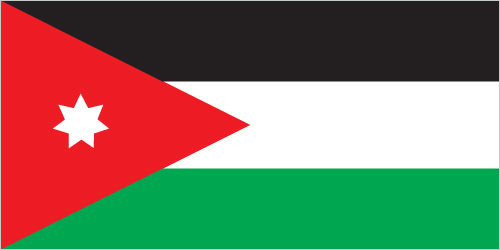
Jordan's economy is among the smallest in the Middle East, with insufficient supplies of water, oil, and other natural resources underlying the government's heavy reliance on foreign assistance. Other economic challenges for the government include chronic high rates of poverty, unemployment, inflation, and a large budget deficit. Since assuming the throne in 1999, King ABDALLAH has implemented significant economic reforms, such as opening the trade regime, privatizing state-owned companies, and eliminating some fuel subsidies, which in the last decade spurred economic growth by attracting foreign investment and creating some jobs. The global economic slowdown and regional turmoil, however, have depressed Jordan's GDP growth, impacting export-oriented sectors, construction, and tourism. In 2011 and 2012, the government approved two economic relief packages and a budgetary supplement, meant to improve the living conditions for the middle and poor classes. Jordan's finances have also been strained by a series of natural gas pipeline attacks in Egypt, causing Jordan to substitute more expensive diesel imports, primarily from Saudi Arabia, to generate electricity. Jordan is currently exploring nuclear power generation in addition to the exploitation of abundant oil shale reserves and renewable technologies to forestall energy shortfalls. In 2012, to correct budgetary and balance of payments imbalances, Jordan entered into a $2.1 billion, multiple year International Monetary Fund Stand-By Arrangement. Jordan's financial sector has been relatively isolated from the international financial crisis because of its limited exposure to overseas capital markets. In 2013, Jordan depended heavily on foreign assistance to finance the budget deficit, as the influx of about 600,000 Syrian refugees put additional pressure on expenditures.
$40.02 billion (2013 est.)
country comparison to the world: 105
$38.76 billion (2012 est.)
$37.71 billion (2011 est.)
3.3% (2013 est.)
country comparison to the world: 106
2.8% (2012 est.)
2.6% (2011 est.)
$6,100 (2013 est.)
country comparison to the world: 151
$6,100 (2012 est.)
$6,000 (2011 est.)
agriculture: 3.2%
industry: 29.9%
services: 67% (2013 est.)
14.2% (2002)
5.9% (2013 est.)
country comparison to the world: 170
4.8% (2012 est.)
1.898 million (2013 est.)
country comparison to the world: 123
agriculture: 2.7%
industry: 20%
services: 77.4% (2007 est.)
14% (2013 est.)
country comparison to the world: 133 12.5% (2012 est.)
note: official rate; unofficial rate is approximately 30%
clothing, fertilizers, potash, phosphate mining, pharmaceuticals, petroleum refining, cement, inorganic chemicals, light manufacturing, tourism
2.8% (2013 est.)
country comparison to the world: 109